All About Nuts
and 10 popular nuts you should consider adding to your diet!
Today, I want to talk nuts; and no, I am not talking about ninth grade health class! Get your mind out of the gutter. This is a health and fitness blog, not anatomy class.
Nuts can be a very good addition to your diet for many reasons;
they are energy and nutrient dense,
they have a high unsaturated fatty acid (USFA) to saturated fatty acid (SFA) ratio,
they have a fantastic amino acid profile,
and probably my favorite reason…
THEY ARE DELICIOUS!
But why does any of this matter?
Let’s first take a second to understand the word “density.” Consider your kitchen trash can that you have been throwing trash into all week long. It is filled to the brim with trash and appears to be ready to take out to the dumpster, and you know the rule: if you fill it, you toss it! Of course, you don’t have time to waste taking the smelly trash out, so instead you decide to push the trash down into the can as far down as it will go, taking it from a to-the-brim filled trash pile to a compacted trash pile.
Congratulations, you have just increased the density of your trash can! Now think of the trash inside the can as energy or nutrients and the trash can itself as a nut! And don’t worry, the nutrients and energy you consume from nuts are not garbage, they are terrific for your health!1
Now let’s take some time to appreciate fats. Simply put, USFA and SFA both play important roles in the body. SFA are necessary in the body for various reasons, but large amounts can increase your risk of cardiovascular disease (CVD), so you should monitor your intake.2 USFA play a huge role in regulating high-density lipoprotein (HDL = good) and low-density lipoprotein (LDL = not as good in large amounts) levels in the blood. Nuts have the potential to reduce risk of CVD because of their high USFA to SFA ratio.1,2
Proteins, or amino acids, come in various forms. Nuts happen to contain some pretty awesome amino acids that play vital roles in vascular reactivity (improving the function of your natural vasoconstrictor, nitric oxide)1 and reducing LDL concentration,1 both of which also reduce your risk of CVD.1,2
For your convenience and reference, I have organized a chart below that identifies popular “nuts” (I use quotes because these are all considered nuts in nutritional terms, but not botanical terms) you might consider consuming in whole or butter form, and the associated nutritional information. Each nut is listed as an approximate measure and weight for what most people would consider “a handful.”
The Nuts & Their Nutrition
|
Type of nut/ seed/ legume/ fruit |
Serving | Weight (g) | Cals | Sat. fat (g) | Mono. Fat (g) | Poly. Fat (g) | Carbs (g) | Fiber (g) | Protein (g) |
| Almond | ¼ cup | 35 | 209 | 1.4 | 11.6 | 4.5 | 7.4 | 3.8 |
7.3 |
|
Cashew |
¼ cup | 34 | 188 | 2.7 | 8.1 | 2.7 | 10.3 | 1.1 |
6.2 |
|
Coconut (fresh, not dried) |
¼ cup | 20 | 71 | 5.9 | 0.3 | 0.1 | 3.0 | 1.8 |
0.7 |
|
Hazelnut |
¼ cup | 30 | 188 | 1.3 | 13.7 | 2.4 | 5.0 | 2.9 |
4.5 |
| Macadamia | ¼ cup | 34 | 244 | 4.1 | 20.0 | 0.5 | 4.7 | 2.9 |
2.7 |
|
Peanut |
¼ cup | 37 | 210 | 2.3 | 9.0 | 5.8 | 6.0 | 3.1 | 9.6 |
|
Pecan |
¼ cup | 28 | 193 | 1.7 | 11.4 | 6.1 | 3.9 | 2.7 |
2.6 |
| Pistachio | ¼ cup | 31 | 174 | 1.7 | 7.4 | 4.3 | 8.5 | 3.2 |
6.3 |
|
Soy nut |
¼ cup | 28 | 126 | 0.9 | 1.3 | 3.4 | 9.2 | 2.3 | 11.1 |
| Sunflower seed | ¼ cup | 30 | 175 | 1.3 | 5.6 | 6.9 | 6.0 | 2.6 |
6.2 |
| Walnut | ¼ cup | 31 | 192 | 1.1 | 4.8 | 11.3 | 3.0 | 2.1 |
7.5 |
*All nutritional data retrieved from the National Nutrient Database for Standard Reference – Release 27. Database can be accessed VIA this link: http://ndb.nal.usda.gov/ndb/search.
What about the composition of the nuts?
Should you consume whole nuts, or will nut butter suffice?
[Drumroll…]
Go for whichever you prefer!
If you are consuming whole nuts, I recommend staying away from any specialty flavored or candy coated nuts (i.e. honey roasted, wasabi & soy, dark cocoa, etc). My go-to nuts are the raw ones, that way I know I’m not getting any additional sugars, sweeteners, oils, or unknown extras. To be honest, once you have the raw nuts on a regular basis, you realize how tasty the REAL nut is (because we’ve been so caught up in the masking flavors and lost connection with the true nature of the nut…how nutty of us).
A note about nut butters…
If you are consuming nut butters, I recommend purchasing all natural, additive-free butters. And be careful!! Companies are getting pretty sneaky these days with their attractive packaging and creative verbiage on the products. Always heed a bit of caution when grabbing the “all natural” labeled nut butters off the shelves at the store. I used to think if a product or package said “all natural” or “natural ingredients” meant I was in the clear…I was wrong. If you only want the nuts in your butter, read the ingredient labels! If the ingredient label says anything more than the nut (and maybe salt), you may want to consider what is you’re about to eat.
For example:
“Low Sodium, All Natural” looks pretty darn good, right?…
As you can see on the back of the label, the ingredients are more than just peanuts. Don’t get me wrong, they are NOT LYING, those are all ingredients that could be and are most likely all natural, but when I buy a nut butter, I don’t want sugar, palm oil, and molasses too! The salt I can deal with, if it contains less than 2% (so good job, JIF!).
Here is the thing, I’m not saying you can’t eat these things, I’m just trying to educate you on better options and healthier alternatives. For example, here is my go-to peanut butter:
Boom. CHUNKYYY.
Here is why I love it…
Ingredients: peanuts (and less than 1% salt). Smuckers for the win.
I challenge you now to go into your pantry and read the ingredient labels of your nuts (or nut butters). How many extra ingredients do you see?
Some special considerations:
If you would like to avoid the high calories and SFA, you may want to try a nut powder such as the popular Bell Plantation PB2 Powdered Peanut Butter or my favorite Crazy Richard’s Peanut Powder. For the moments when I want some extra protein or extra peanut butter taste in my smoothie, without the additional SFA, I toss a serving or two of this in for a nice enhancement. I also will add this to my peanut butter with plain Greek yogurt to make a peanut butter dip for my apples or celery.
Resources mentioned:
Indulging in Moderation with Lynn of Fresh April Flours
If you’re new to the blog, welcome! Visit my Start Here page to get the low down on this whole Bent On Better thing. If you’re a regular, thanks for joining me again this week! I’m glad you decided to come back.
If you enjoyed this post, please share it using the social media buttons you see at the bottom of the post (or just copy and paste the link wherever you want to share it, that would work too!).
If you have any questions you’d like addressed personally, feel free to email me at Matt@BentOnBetter.com.
References:
1. Sabaté J, Wien M. Nuts, blood lipids and cardiovascular disease. Asia Pacific Journal Of Clinical Nutrition. 2010; 19(1):131-136.
2. Erkkila A, DeMello VD, Rise U. Dietary fatty acids and cardiovascular disease:
an epidemiological approach. Progress In Lipid Research. 2008; 47(3):172-187.
3. United States Department of Agriculture Agricultural Research Service. National nutrient database for standard reference release 27. National Agricultural Library. 2011. Retreived from http://ndb.nal.usda.gov/ndb/search.

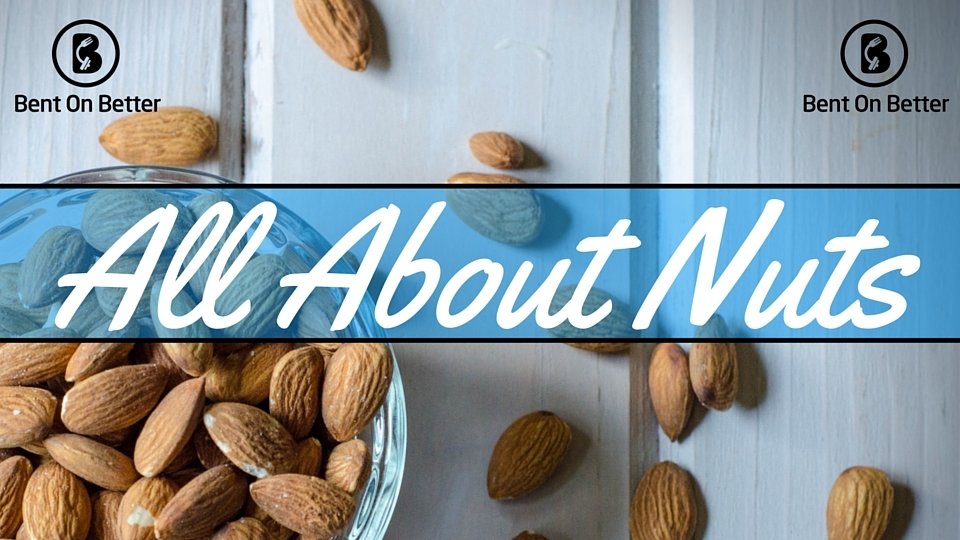
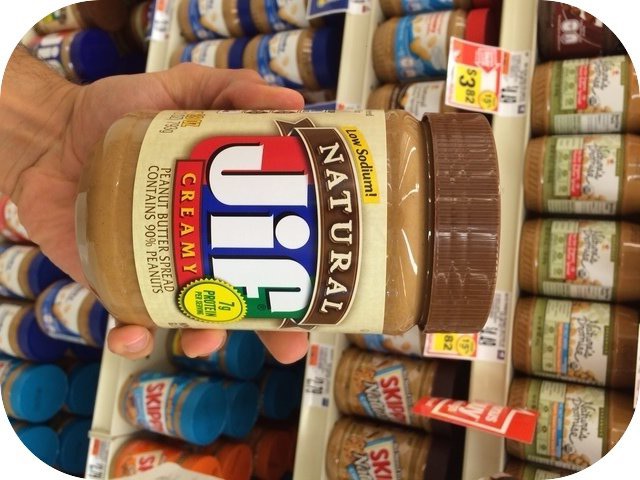
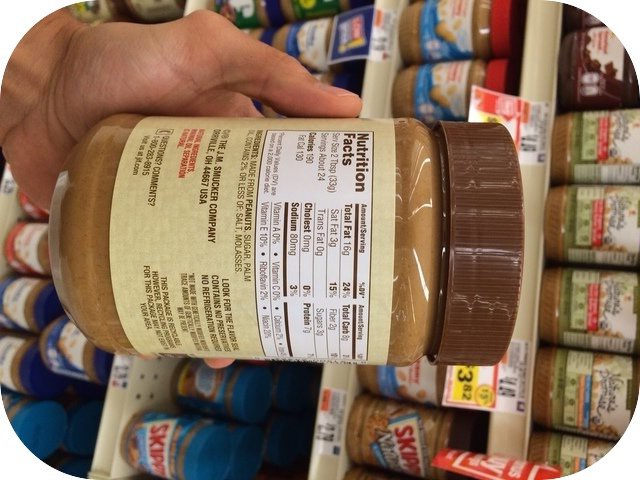
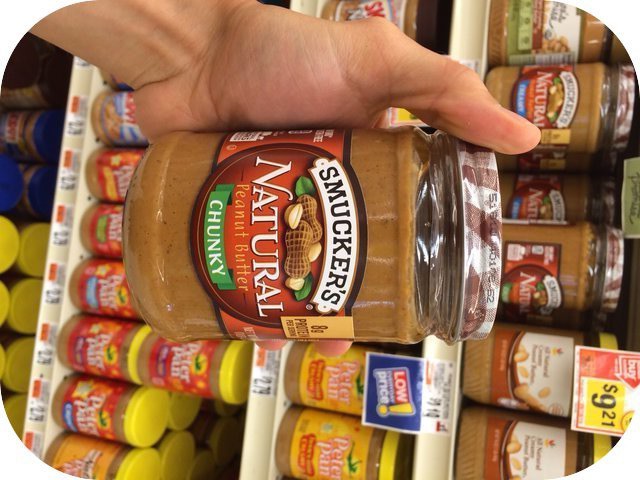
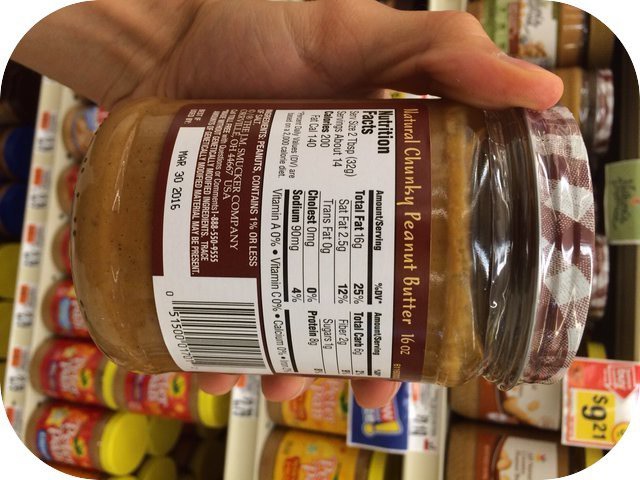
Great article Matt!
Thank you, Amy! I’m so glad you enjoyed this one!
LOVE this All About Nuts piece! Nice job sweetie! As always…I love you and continue to be proud of all you do!! xoxo
Thanks, Ma. 😀